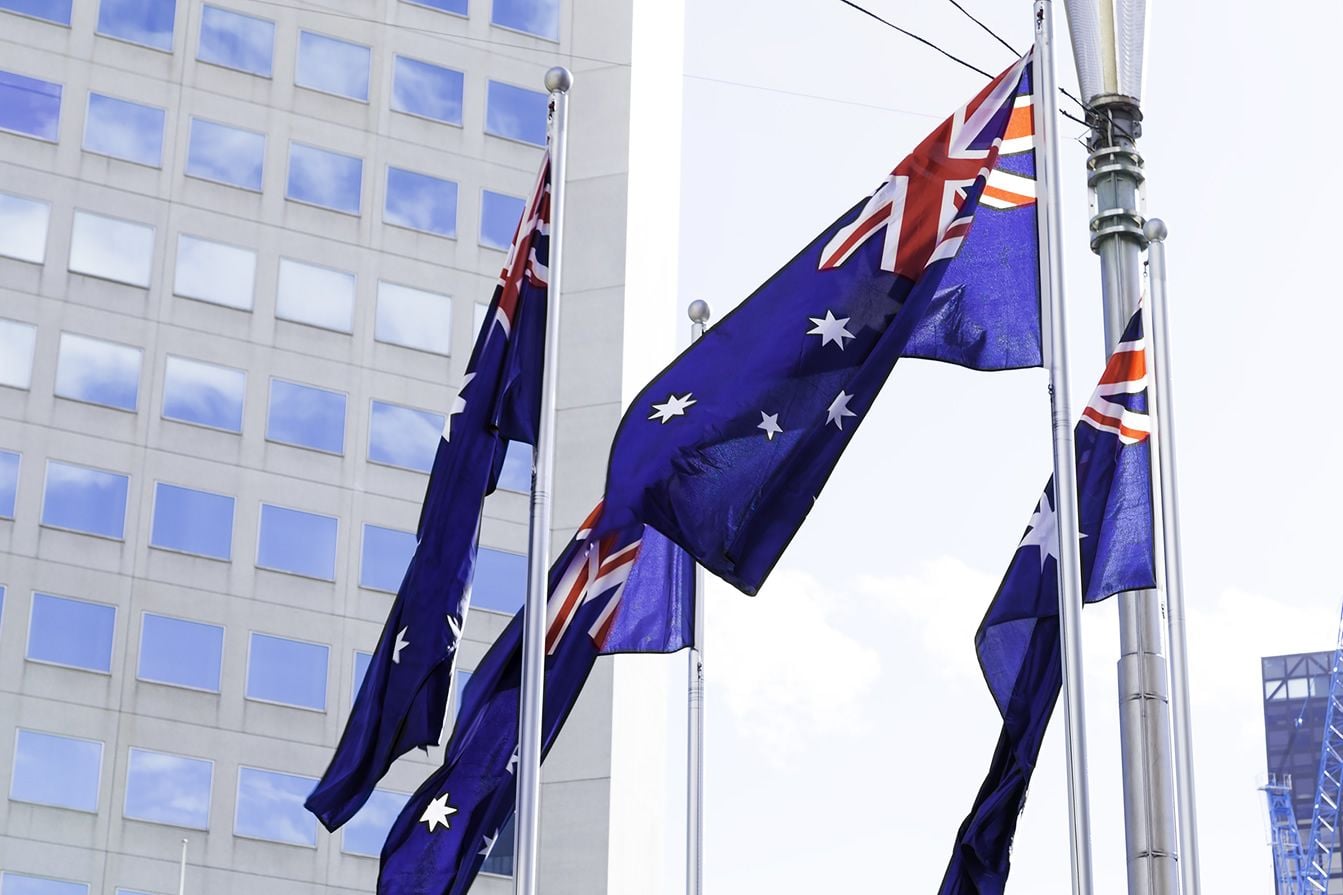Australian Dollar Shrugs Off Retail Sales Surprise as "Trade War" Weighs
- Written by: James Skinner
-
-AUD falls despite strong retail sales, as "trade war" weighs.
-Retail sales rise 0.4% vs 0.3% consensus for month of June.
-But the data does little to alter dire AUD interest rate outlook.

© Filipe Frazao, Adobe Stock
The Australian Dollar slipped lower in the final session of the week as an escalating trade conflict between the US and China weighed on the Antipodean unit, despite a strong June retail sales report that took the market by surprise.
Australian retail sales rose at a rate of 0.4% during June which, in line with the result from May, was ahead of the consensus for a slightly slower 0.3% pace of growth at the end of the second quarter.
This marks the third consecutive 0.4% retail number and was enough to push the annualised growth rate up to 2.9%, its fastest pace for three months.
"Recall that retailers had a difficult March quarter with sales rising just 0.2% and the wider consumer spending measures in the national accounts showing a similarly disappointing outcome. The June quarter rebound in retail volumes suggests much of this is quarterly 'choppiness' rather than a move to a weaker underlying trend," says Justin Smirk, an economist at Westpac.
Markets care about the retail data because it is a leading indicator of economic growth and because of the influence that rising or falling consumption can have on inflation. It is inflation that central banks are attempting to contain when they raise interest rates, and rates themselves are the raison d'être for most moves in currency exchange rates.
Smirk says Australian retail sales growth is still subpar but that the trajectory of the is less concerning than it was during the first-quarter when momentum in the economy appeared to be waning.
As it turned out, the Australian economy gathered momentum at the start of the year, with growth picking up from 0.5% at the end of 2017 to 1% for the three months to the end of March.
However, none of this has done anything to improve what is a downbeat outlook for Australian interest rates, which has weighed heavily on the currency during 2018.
Changes in interest rates, or hints of them being in the cards, are only made in response to movements in inflation but impact currencies because of the push and pull influence they have on international capital flows and their allure for short-term speculators.
The AUD/USD rate was quoted 0.11% lower at 0.7351 during early trading Friday while the Pound-to-Aussie rate was down 0.17% at 1.7657. The Aussie was quoted lower against most other developed world currencies.
"The AUD lacks any catalyst to pursue a sustained move higher, not least because the domestic data flow is uninspiring from an RBA rate hike perspective, even more so after the disappointing Q2 CPI," says Daniel Been, head of FX research at Australia & New Zealand Banking Group.
The Reserve Bank of Australia has held its interest rate at a record low of 1.5% for 23 consecutive months, citing below-target inflation and a debt laden household sector that it says is ill-equipped to handle the pressures of higher borrowing costs given years of weak wage growth. Markets do not see a change in policy coming until at least the middle of 2019.
The Aussie has long enjoyed support from interest rates that were typically higher than those elsewhere in the developed world, although it no longer has any interest rate advantage over the US and Canadian Dollars, while the UK-Australia yield gap is also narrowing now the Bank of England has raises interest rates twice in the last year.
The deterioration of the outlook for Aussie interest rates, at a time when the US Federal Reserve and other central banks are raising their own rates, has incentivised investors to sell the Australian Dollar in favour of buying Pounds, US Dollars and other currencies.
"The global environment will continue to dominate moves. With a number of positive events, like China’s stimulus, failing to boost the AUD materially, the environment is looking increasingly challenging," Been adds.
President Trump has instructed US trade representatives to increase the tariffs it levies on around $200 billion of Chinese exports, from 10% to 25%, citing China's failure to address US concerns over "unfair trading practices" that include "forced technology transfer and intellectual property theft". China has been quick to retaliate against most US tariff actions.
This move means when the latest tariffs have been introduced, the White House will have imposed levies on more than $250 billion of Chinese exports to the US, although it has threatened to target the full $500 billion of goods that China exports to America each year.
Fears are that a tariff fight between the world's largest economies will quickly descend into an all out "trade war" and that this will dent economic growth in all countries it touches.
However, the consequences would be especially pronounced for Australia given its close economic links with China and the Aussie's positive correlation with commodity prices that tend to fall when the global growth outlook deteriorates.
Advertisement
Get up to 5% more foreign exchange by using a specialist provider to get closer to the real market rate and avoid the gaping spreads charged by your bank when providing currency. Learn more here





